Name Marietta Robusti | ||
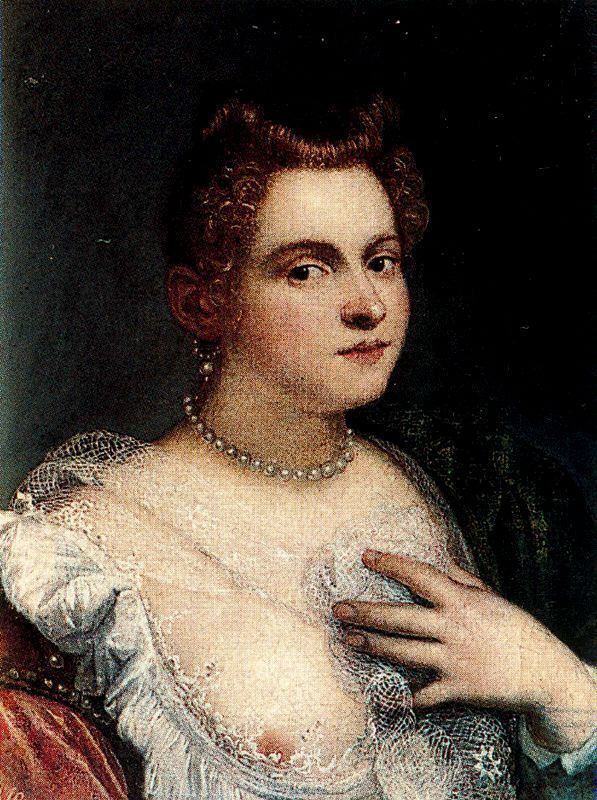 | ||
Marietta robusti
Marietta Robusti (1560? – 1590) was a Venetian painter of the Renaissance period. She was the daughter of Tintoretto and is sometimes referred to as Tintoretta.
Contents
- Marietta robusti
- ARTH 40374117 Italian Renaissance 8 Marietta Robusti La Tintoretta
- Biography
- Attributions and assessment
- References
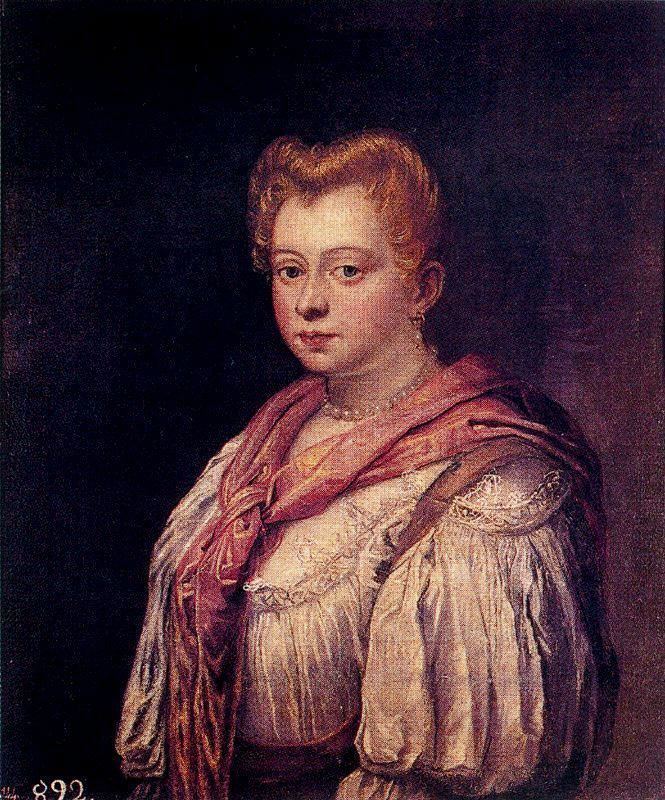
ARTH 4037/4117 Italian Renaissance 8: Marietta Robusti, "La Tintoretta"
Biography
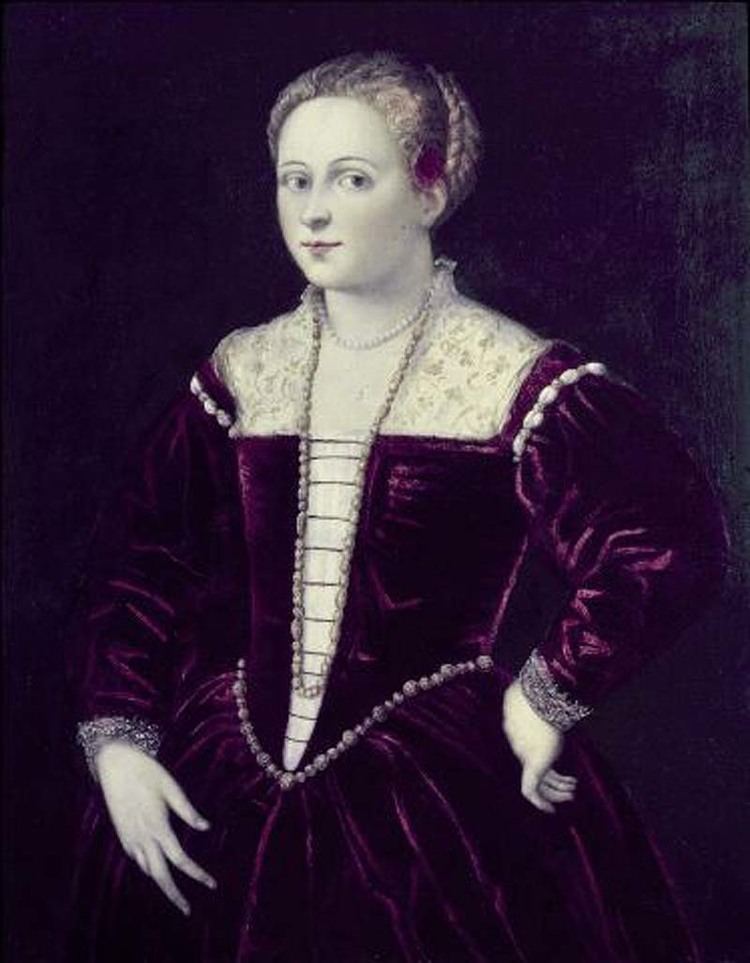
The only known primary source for details of Marietta Robusti’s life is Carlo Ridolfi’s Life of Tintoretto, first published in 1642, although she is mentioned briefly in Raffaelo Borghini’s Il Riposo della Pitura e della Scultura of 1584. These two sources disagree on the year of her birth: according to Borghini, she was born in 1555, but Carlo Ridolfi indicates that she was born in 1560.
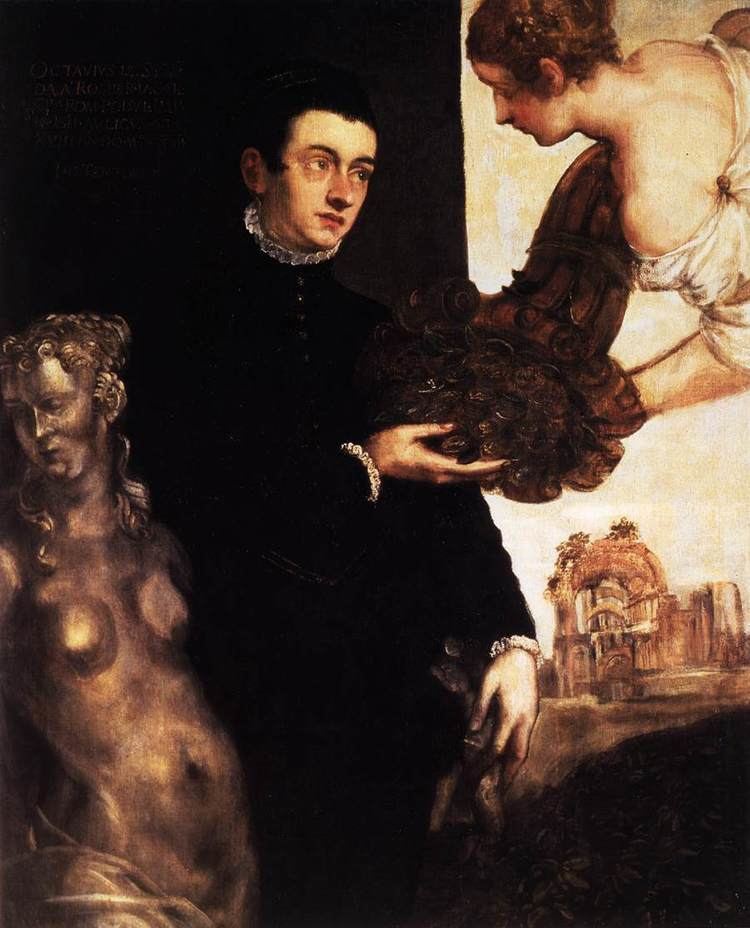
Marietta Robusti was probably born in 1560 and died when she was thirty during child birth, she lived in Venice all her life, she was the eldest daughter of the painter Jacopo Robusti, from whom she inherited her nickname, la Tintoretta (translated as "little dyer girl", after Jacopo’s father’s occupation as a tintore, or dyer). She is thus variously known as Marietta Robusti, Marietta Tintoretto, and la Tintoretta. She was followed by three brothers and four sisters.
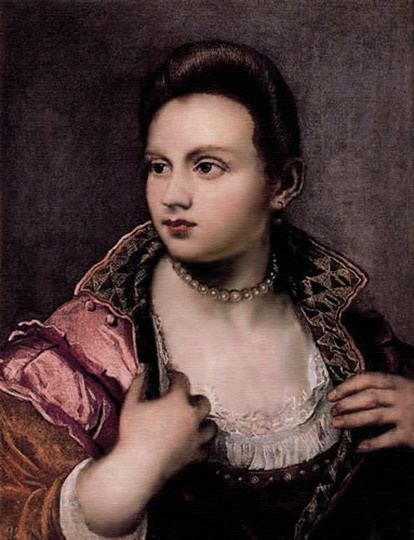
Since conventions of the time dictated that women remained in the privacy of the domestic sphere and were not welcome in the public world of art production and sale, Robusti and her female contemporaries gained access to the art world through their artist fathers or brothers. Robusti's artistic training consisted of serving an apprenticeship in the collaborative environment of her father’s workshop, where she probably contributed to her father’s paintings with backgrounds and figure blocking, as was the usual distribution of labor in painting workshops of the time. Though Robusti's social and economic autonomy was no greater than other artisan women she had quite a following, changing the ideals of femininity within the arts. Her talents proceeded her even after her death, Carlo Ridolfi statied she was one of the most illustrious women of her time, even though having the same manner of skill as her father, would reason that they display "sentimental femininity, a womanly grace that is strained and resolute." While Robusti worked in her fathers studio it was also said she worked on altarpieces for the father as an assistant but were all put under the name of Tintoretto; despite evidence of individual achievement. Her achievements were buried under the success and fame of her father, brother and her short life; even after her death the decline in work produced by Tintoretto was reasoned away as grieve for his daughter, rather than the loss of a skillful assistant.
After Marietta Robusti's death she soon became a muse for Romantic painters; such as Léon Cogniet who produced Tintoretto Painting His Dead Daughter, following his influence both Karl Girardet and Eleuterio Pagliano in 1846. Lead by Philliphe Jeanron in 1857 with Tintoretto and His Daughter. The furthering troupe of women artists being transformed from creators to subjects for other male counterparts, it undermines her individuality and makes her a motif for male creativity, displaying a dying muse of quietly suffering femininity.
Evidence suggests that Marietta Robusti received no commissions for major religious works such as altarpieces or other church decorations, and that she was mainly a portraitist.
Ridolfi describes Robustis close relationship with her father at great length. Not only did she learn at his knee, as a child she also liked to dress like a boy so that she could go everywhere with Jacopo. Emperor Maximilian and King Philip II of Spain both expressed interest in hosting her as a court painter, but her father refused their invitations on her behalf because he couldn’t bear to part with her. In 1578 he arranged for her to marry a Venetian jeweler and silversmith, Jacopo Augusta, to ensure she would always stay near him. Jacopo also had Marietta instructed in singing and playing the harpsichord, clavichord, and lute.
She died of unrecorded causes in 1590, and was buried in Santa Maria del’Orto in Venice.
Attributions and assessment
The only painting that can be conclusively attributed to Marietta Robusti is her Self Portrait (c. 1580; Uffizi Gallery, Florence). This portrait depicts Marietta posed before a harpsichord, holding a musical text that has been identified as a madrigal by Philippe Verdelot, "Madonna per voi ardo". It has been postulated that the inclusion of this text, whose opening lines are "My Lady, I burn with love for you and you do not believe it", suggests that the painting was created for a male viewer, possibly Marietta's husband.
Other attributions include: Old Man and a Boy (c. 1585; Kunsthistorisches Museum, Vienna), which was long considered one of Tintoretto's finest portraits and was not revealed to be Robusti's until 1920; Portrait of Ottavio Strada (c. 1567-68; Stedelijk Museum, Amsterdam); and two small paintings of the Virgin and Child (dates unknown, Cleveland Museum of Art, Ohio). Portrait of Two Men (Gemäldegalerie Alte Meister, Dresden), signed "MR", is thought to be Marietta Robusti's only surviving signed work.
